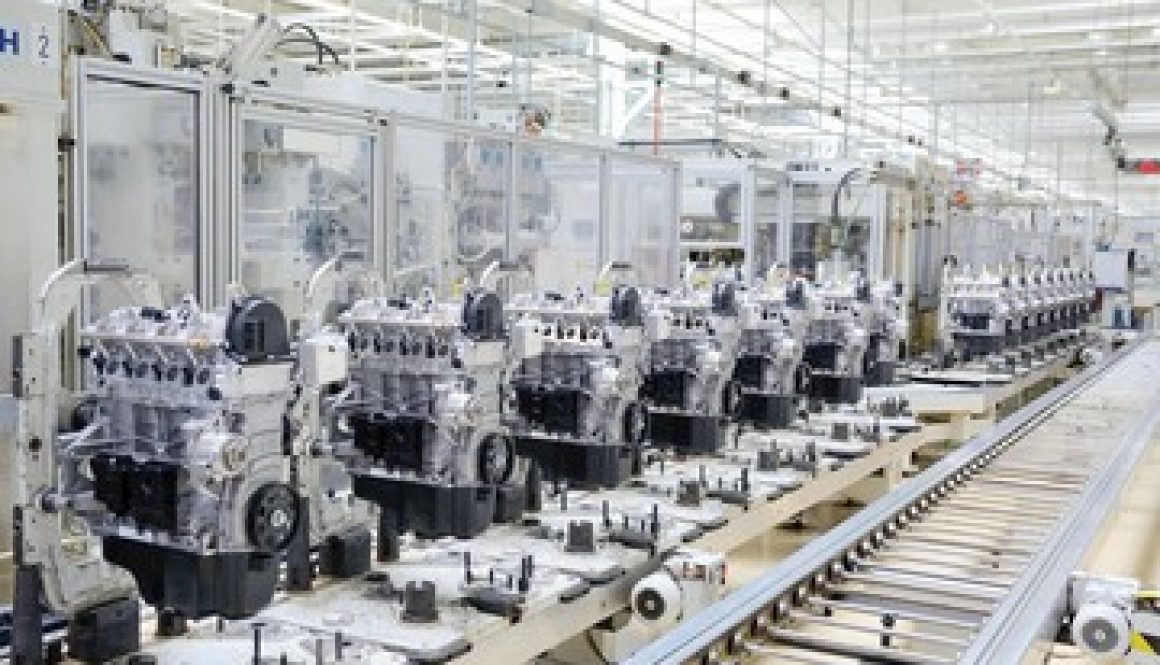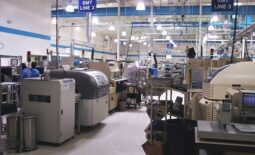The USMCA will be good for the Mexican auto parts industry
One of the most debated issues in the renegotiation of the United States-Mexico-Canada (USMCA) free trade was the rules of origin for the automotive industry, that is, the percentage of components that must be manufactured in the North American region for a vehicle to be free of tariffs. What was agreed upon in the final iteration of the USMCA is potentially very good for the Mexican auto parts industry.
Prior to the renegotiation of the NAFTA’s successor agreement, 62.5% of the value of an automobile had to be built with regional components. Although the US administration of Donald Trump argued for a North American content requirement of 85%, the final agreed upon figure was 75%. Achieving this percentage may be a challenge for some automakers, but it might also be a boon for the Mexican auto parts industry.
North America is a powerhouse when it comes to manufacturing auto parts. During the last three years, the United States, Mexico, and Canada have been among the 10 countries that produce the most auto parts in the world. The US was second in the world, Mexico was in fifth place and Canada came in in the eighth position.
The new USMCA will represent an opportunity to increase the use of Mexican auto parts by North American vehicle manufacturers. According to Jose Luis de la Cruz, the general director for Mexico’s Institute for Industrial Development and Economic Growth (IDIC), Mexico may have a comparative advantage in this area because Mexican auto parts are already integrated into much of North American light vehicle production.
In addition to a percentage requirement, the USMCA also mandates that seven essential parts of vehicles are to be manufactured in North America for the end product to receive duty-free status. Those parts are the engine and transmission, the chassis, body and axles, the suspension, and the directional system and advanced batteries.
Currently, there are materials and components that are being imported from regions such as Asia and Europe. Components imported from these areas will be replaced by Mexican auto parts, as well as parts made in the US and Canada. These items include things like plastic resins, steel, and aluminum, as well as some electronic assemblies.
At present, the aforementioned content requirements present a challenge for the manufacture of engines and transmissions. The lack of infrastructure to produce such components may open up the possibility that some car manufacturers from Asia and Europe may invest in setting up engine and transmission factories in the North American region if they do not already have them. Some of the assemblers from Asia and Europe have depended upon the input of these items. Their products would be at a disadvantage when competing with other manufacturers that already meet the rules of origin requirements.
It must be understood that the manufacture of Mexican auto parts, as well as those produced in other North American countries, is more intensive in its use of capital than of labor. This being said, although Mexico is an advantageous place to manufacture auto parts, the United States has also made itself competitive because of the country’s corporate income tax reform.
Promising an increase in Mexican auto parts production
The ten percentage point increase in regional content is expected to result in more Mexican auto parts production during the next three years and beyond. Currently, 24 states have companies that are manufacturing auto parts within their borders. These include states on the northern border (Baja California, Sonora, Chihuahua, Coahuila, Nuevo Leon, and Tamaulipas), as well as states in the interior of the country (Guanajuato, Queretaro, San Luis Potosi and Aguas Calientes). The first group of states is responsible for 50.6% of Mexican auto parts production, while the second group has an output of 29.8% of the nation’s auto parts




